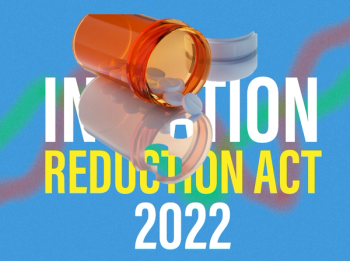
Soothe the sting of rate shock
Plans have to promote the value of health coverage to overcome the noise about rate shock
At the time of writing this in early August, the individual mandate was still on for 2014 with no indication that the White House would move to delay it. Arguments for and against the mandate are equally strong, but a change this late in the game would cause far too much disruption with the
general path of health reform to be worth the trouble.
And there are no contingency plans, so let’s just get on with it.
Fix up the individual market
Regardless of the flaws of the Patient Protection and Affordable Care Act (PPACA)-and there are many-you have to admit that overhauling the individual market is one of PPACA’s redeeming qualities.
Motivated Americans who actually seek out coverage on their own have had a hard time finding individual policies. The market hasn’t been terribly attractive to MCOs, and few made the effort to attract non-group members. Even when carriers are active in a particular region, the underwriting process all too often results in application denials for high-risk individuals who need healthcare coverage the most.
Years ago, when I needed an individual plan to bridge a short-term gap in employer coverage, I was young and in good health with little more than a wisdom-tooth extraction in my history. The plan I eventually found cost me about $200 a month, which I could tolerate, especially considering it was only short-term.
Out of curiosity, I recently did some comparative shopping around online to see if rates had changed much. As it turns out, individuals in good health can still find plans at $200 a month, albeit with a high deductible and high out-of-pocket costs. But if you’re young and healthy, it’s probably pretty reasonable as far as rates go.
The rates I explored were for currently available products, of course, not exchange plans. Official rates with subsidies taken into consideration won’t come online until October in most states.
Those who have never shopped for individual coverage and have no benchmark of comparison, however, might be expecting the worst when they explore their premium choices in the exchanges. No doubt they have heard the alarm bells about “rate shock” and overkill on benefits they don’t need but are obligated to purchase.
Health plans still haven’t done a good enough job overcoming the negative messages about exchange-plan premiums. Too much focus is being placed on explaining the background information leading up to health reform and what it means, and not enough on the value of good, solid healthcare coverage.
The daily skirmishes will continue over whether New York’s exchange premiums are actually 50% lower than prevailing rates, while Ohio’s are supposedly 88% higher. Affordability arguments will be repeated as other states roll out their final price points.
In California, for example, a silver plan for someone making approximately minimum wage could be as low as $56 a month when you count in subsidies.
Whether a certain premium for a certain metal level in a certain state is $56 or $560 is less concerning than whether the member perceives value for their dollar. That’s ultimately the message health plans must be able to sell.
Newsletter
Get the latest industry news, event updates, and more from Managed healthcare Executive.





















































